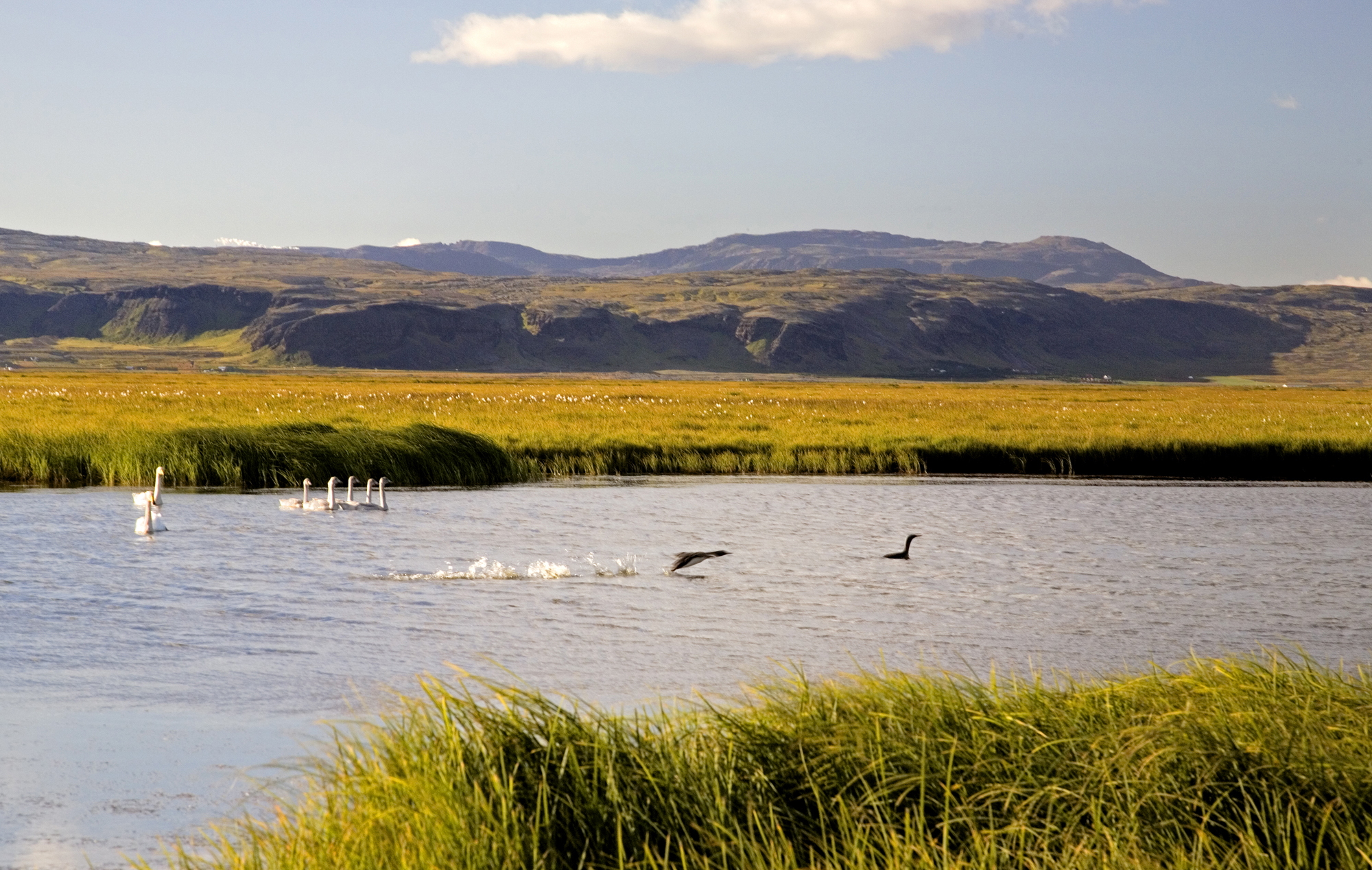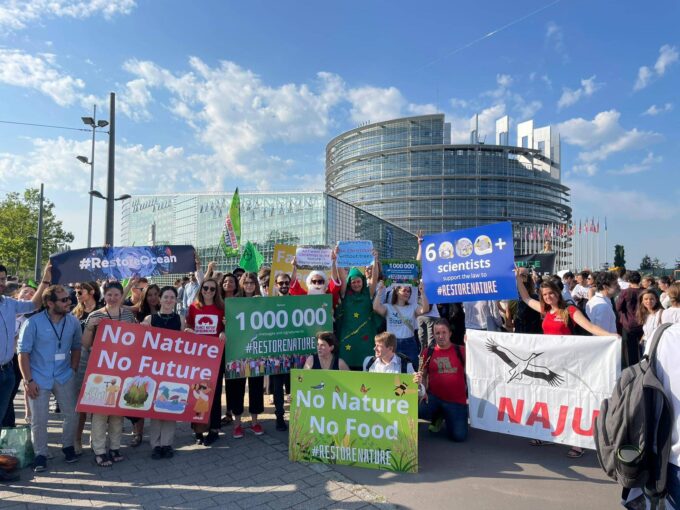ERF grantee partners celebrate as Europe’s Nature Restoration Law gets final approval

Friðlandinu, Iceland © Birdlife Iceland
19.06.2024
In a significant victory for environmental advocates, the EU Environmental Council has finally adopted the Nature Restoration Law, marking the last step for this long-awaited proposal to become law.
The #RestoreNature coalition, consisting of ERF grantee partners BirdLife Europe, ClientEarth, and EEB, has been instrumental throughout all stages of this law’s development. Its advocacy work has included engaging with EU policy makers and national decision makers, as well as developing briefing papers and studies on topics relevant to the Nature Restoration Law for key stakeholders.
The Nature Restoration Law is aimed at rehabilitating at least 20% of the European Union’s land and sea areas by 2030, and all degraded ecosystems by 2050. It has faced a turbulent journey to become law, after months of protests from farmers, opposition from some governments, and a disinformation campaign in the European Parliament.
However, support for the law ultimately prevailed. Over the past few years, more than a million signatures from citizens, calls from over 6,000 scientists, hundreds of businesses, youth organisations, and NGOs have defended the proposed law. And in June 2024, EU Member States’ final vote saw a majority of 20 countries, after Austria’s Environment Minister changed her county’s stance at the last minute, thereby safeguarding the law.
This new legislation is important because over 80% of EU habitats are in a poor condition, and the destruction of nature is set to inflict additional costs on farms and ecosystems as pollinators die out, soils degrade and the weather becomes more extreme.
The law establishes obligations and time-bound targets for Member States to restore a significant portion of habitats covered by the law to good condition. In addition, Member States will be obliged to target restoration measures towards farmlands, pollinators, rivers, forests and urban areas in order to gradually reverse the environmental damage caused by climate change and unchecked human activity. Once in good condition, EU countries must take measures to ensure that an area does not significantly deteriorate. Member States will also have to adopt national restoration plans detailing how they intend to achieve these targets.
This is a timely outcome to present at the upcoming UN Biodiversity Conference (CBD COP16) later this year, demonstrating Europe’s willingness to tackle the climate and biodiversity crises by honouring its global commitments. It also sends a clear message to the new EU Parliament and Commission to keep biodiversity at the forefront of their agenda.
#RestoreNature concluded that: “Today’s vote is a massive victory for Europe’s nature and citizens who have long called for immediate action to tackle nature’s alarming decline. After years of intense campaigning and many ups and downs, we are jubilant that this law is now a reality – this day will go down in history as a turning point for nature and society. Now, we need all hands on deck: Member States must properly implement this legislation without delay in their countries, in close collaboration with all involved stakeholders. At the end of the day, nature can rebound, for the benefit of our climate, biodiversity, and people!”
